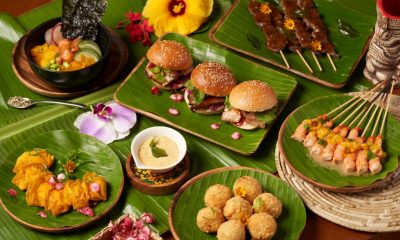Culture
Celebrate Grander this Sinulog 2020: A Traffic Guide
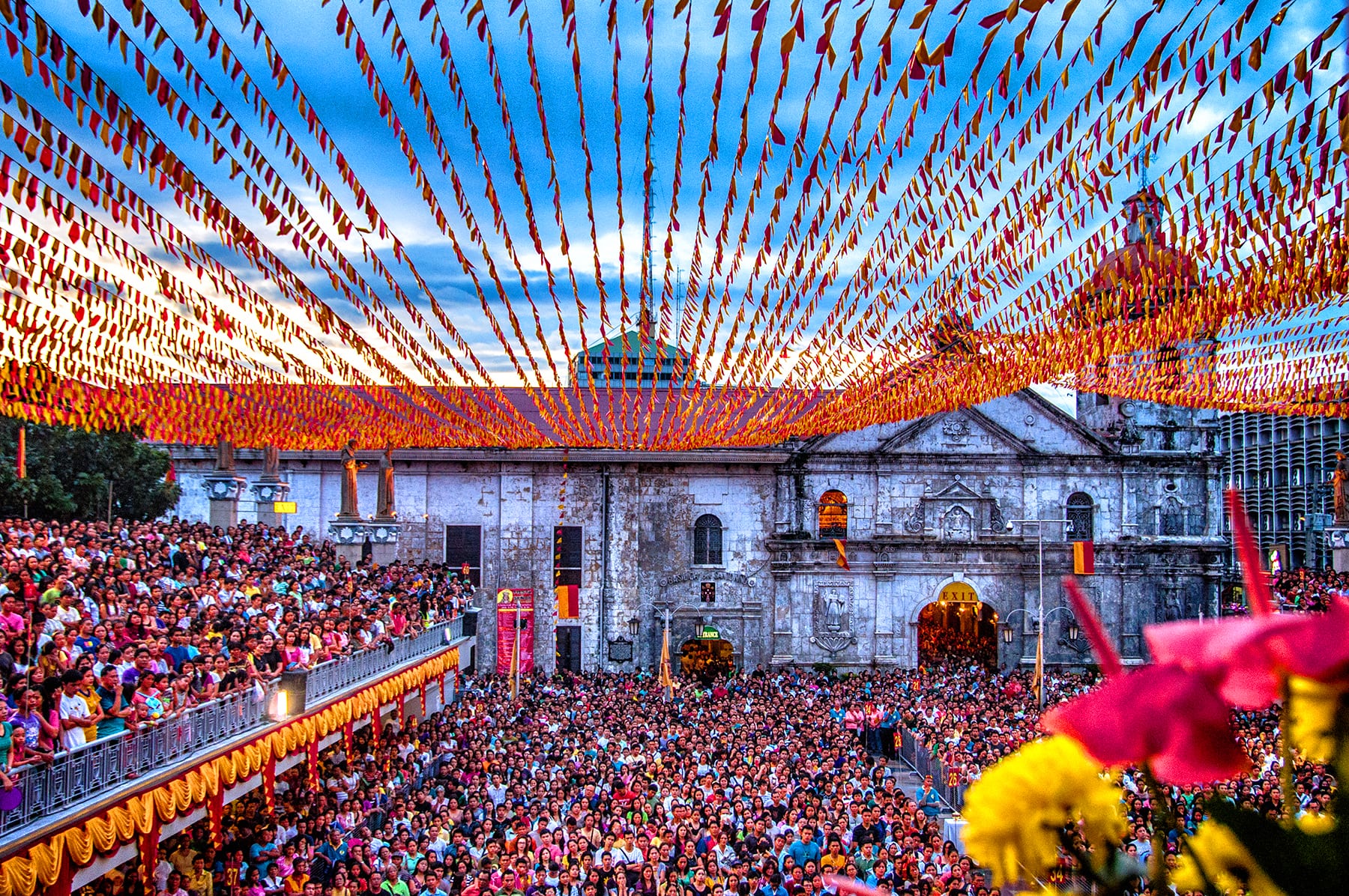
by Chrissy Grey Resaba
Alas! ‘Tis the season to be merry once again for Cebuanos. Cebu holds the record of being the city that celebrates Christmas the longest because it ends until the third of week of January. With that being said, the Queen City of the South becomes colorful and cheerful as Ceabunos revel the grandest festival in the Visayas and of the Philippines – the Sinulog Festival.
Sinulog Festival is celebrated every third Sunday of January to give honor to Snr. Sto. Niño, the patron saint of Cebu. This festival as well can be celebrated in two ways: solemn activity and cultural festivity.
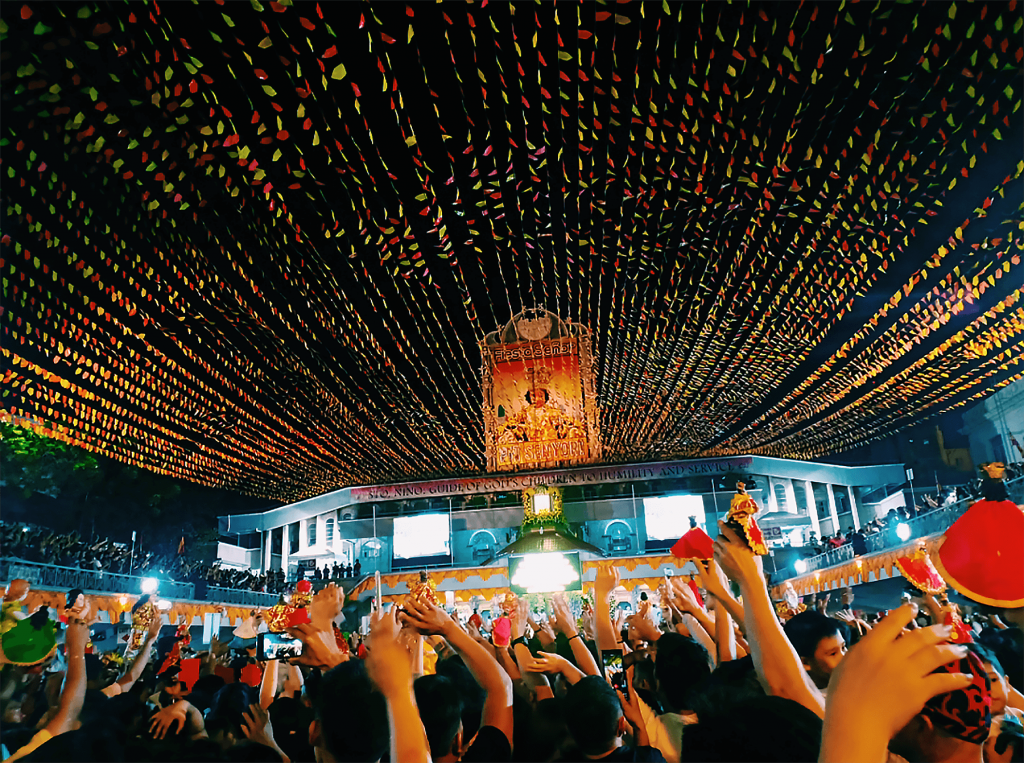
Devotees from all ages and walks of life flock to Basilica Minore Del Santo Niño de Cebu to zealously attend the novena mass for nine days in the hopes of having their wishes be granted by the Holy Child Jesus. The novena holds masses plenty everyday until 7:00 in the evening ending with a traditional Sinulog dance. The first day of novena starts with Walk with Jesus procession and the last day ends with Walk with Mary together with Sto. Niño in which both routes begin in Fuente Osmeña Circle to the Basilica during the dawn of the day.
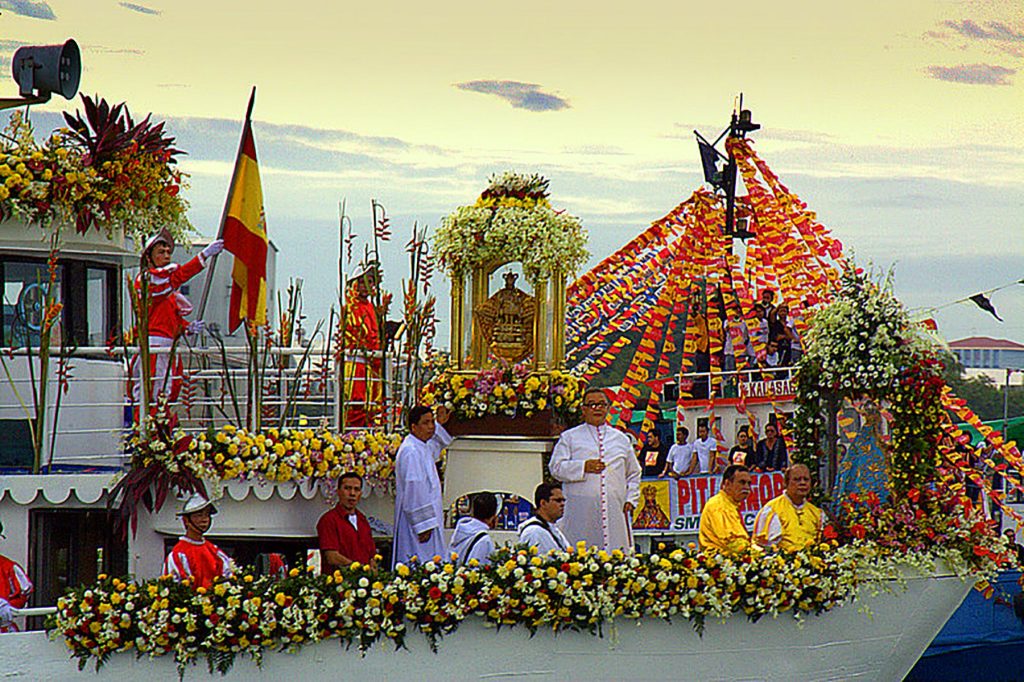
Part of the solemn celebration of the Holy Child, there is a fluvial procession that commemorates the coming of Snr. Sto. Niño to the shores of Cebu brought by Spaniards almost five centuries ago. Not only Cebu was introduced to Christianity in 1521, but it also became the foundation for the Sinulog’s relevance. It is a holy and peaceful tradition held at the sea a day before the grand celebration.
Cultural festivity thrills the party-goers with excitement as well when they get to feast their eyes with the multicolored costumes and props parading along the streets of Cebu for the Sinulog Grand Parade. Not to mention the parties laid out by the organizers for the millennial and young-at-heart. Yet, street parties are prohibited within the 100-meter radius that is why parties are held far from the city center days before the grand celebration.
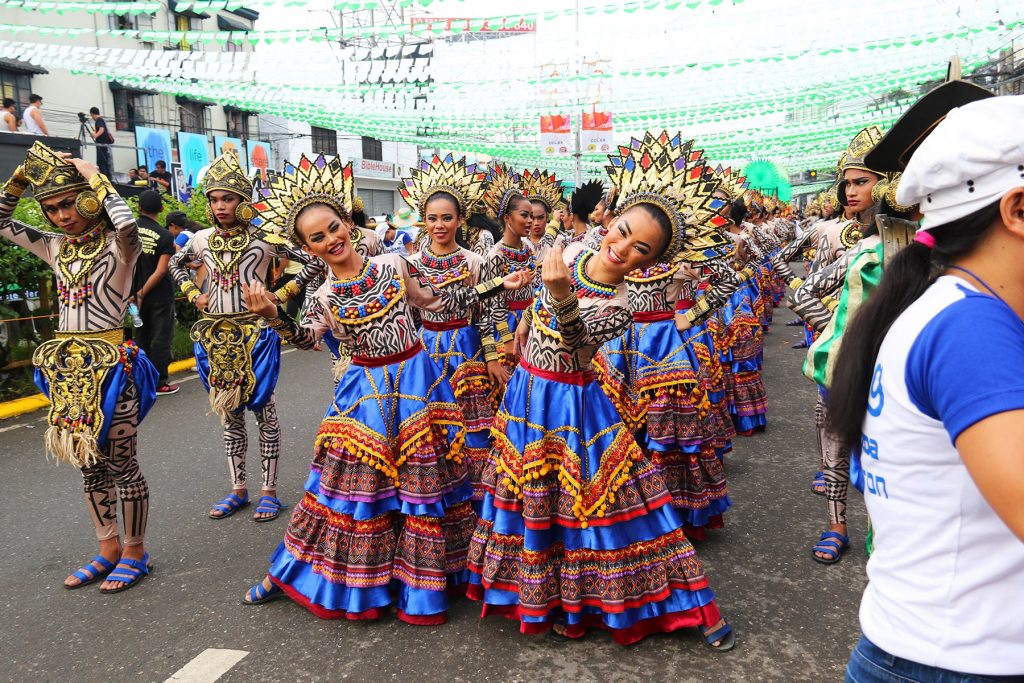
There may be a lot of things to do during Sinulog this year however, streets become busier during some days because of the activities, expect heavier traffic because some streets will close thus planning might be a good solution … or maybe the best.
Be it by a taxi, Grab car, Angkas, jeepney, or a private car avoid the routes that will surely get affected by the activity.
Avoid heading over to streets closer to piers because fluvial procession will take place at six to nine in the morning. Osmeña Blvd., MJ Cuenco Avenue, Legaspi Extension, and Pier Uno will be closed during these times for the short foot procession.
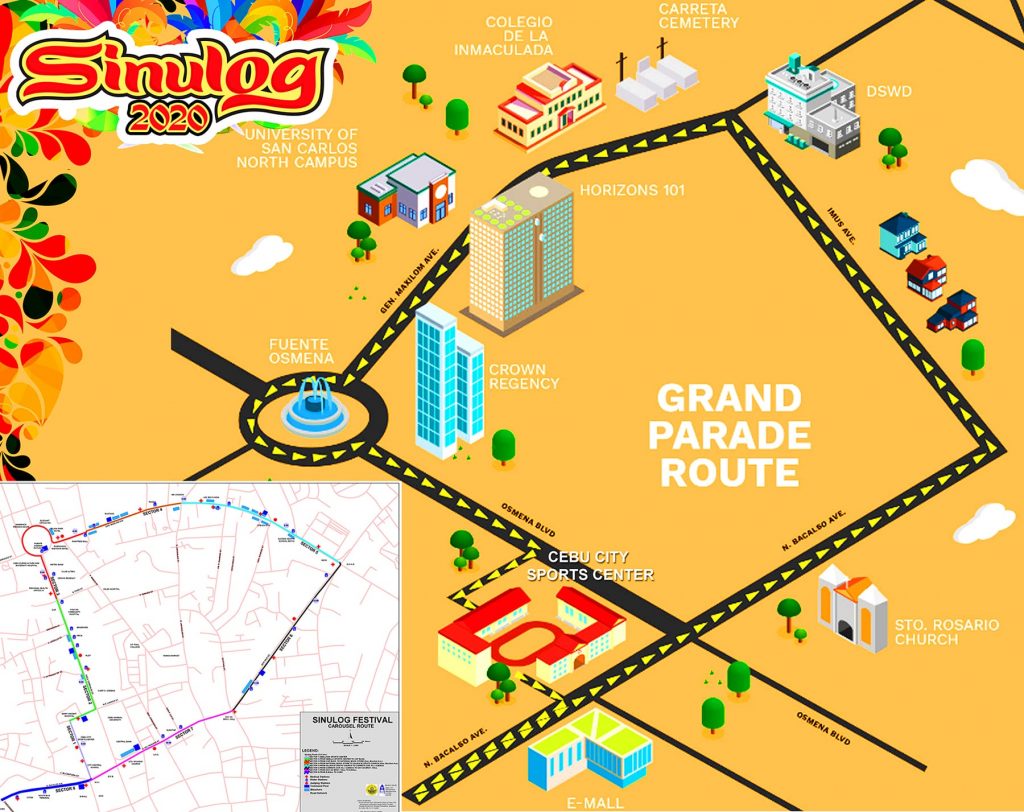
Image courtesy of sinulog.ph
Traslacion is when Sto. Niño pays a visit to his father Saint Joseph in the National Shrine of Saint Joseph the Worker in Mandaue City and then to his Mother Mary in the National Shrine of Virgen de Regla in Lapu Lapu City that is to complete the Holy Family. Traslacion signifies the importance of family being together. The route starts at the Basilica then takes right to D. Jakosalem Street, right to Gen. Maxilom Ave., left to Gorordo Ave., right to Abp. Reyes Ave., then take the junctures MJ Cuenco Ave., and Banilad Road, takes a right to AS Fortuna St., right after to A. Del Rosario St., and ends by taking right to SC Cabahug St.
The streets of Mandaue and Lapu Lapu will be closed during the Traslacion of Sto. Niño. These streets are SC Cabahug, AC Cortes, Cebu-Mandaue (First) Bridge, Quezon Natl’ Highway, Cy De la Cerna St., and lastly Osmeña St.
The moving of the Holy Child Jesus from Cebu to Mandaue and Lapu Lapu happens on January 17 – 18, 2020. Moreover, the first bridge is closed during this time.
The Solemn Foot Procession happens on January 18, 2020, at one in the afternoon. Thousands of pilgrims and devotees take part in the holy procession to say a prayer or ask Snr. Sto. Niño to grant petitions. The route of the procession starts at the Basilica then to Osmeña Blvd., Colon St., Leon Kilat St., J. Alcantara St., V. Rama St., B. Rodriguez St., Fuente Osmeña Circle, back to Osmeña Blvd., then to P. Del Rosario St., Junquera St., back to Colon St., lastly to D. Jakosalem St., and back to the Basilica.
The revelry and the grandiose party definitely will get the tourists’ jaw dropped and be in awe as they witness a showcase of street pageantry accompanied by frenzied dance steps and choreography. Loud chants of “Pit Senyor” will also be ubiquitous. The Sinulog Grand Parade is the culminating activity of the Fiesta Señor. But, getting up early and going to the place where the street dancing is happening is a must because of the carousel route. The carousel route will take place starting outside the Cebu City Sports Center then along the N. Bacalso Ave., next to Imus Ave., then to Gen. Maxilom Ave., around the Fuente Osmeña Circle, next to Osmeña Blvd., and will end inside the CCSC.
Fare surge for Grab and Angkas will occur during peak hours especially when the procession and Sinulog parade happens. Jeepneys still have their minimum fare at Php 8 and taxis have its flag down rate at Php 40. Expect to have long walks as well when the streets will be closed. For people who have private cars, choose a spot where parking lots are closer to specific places.
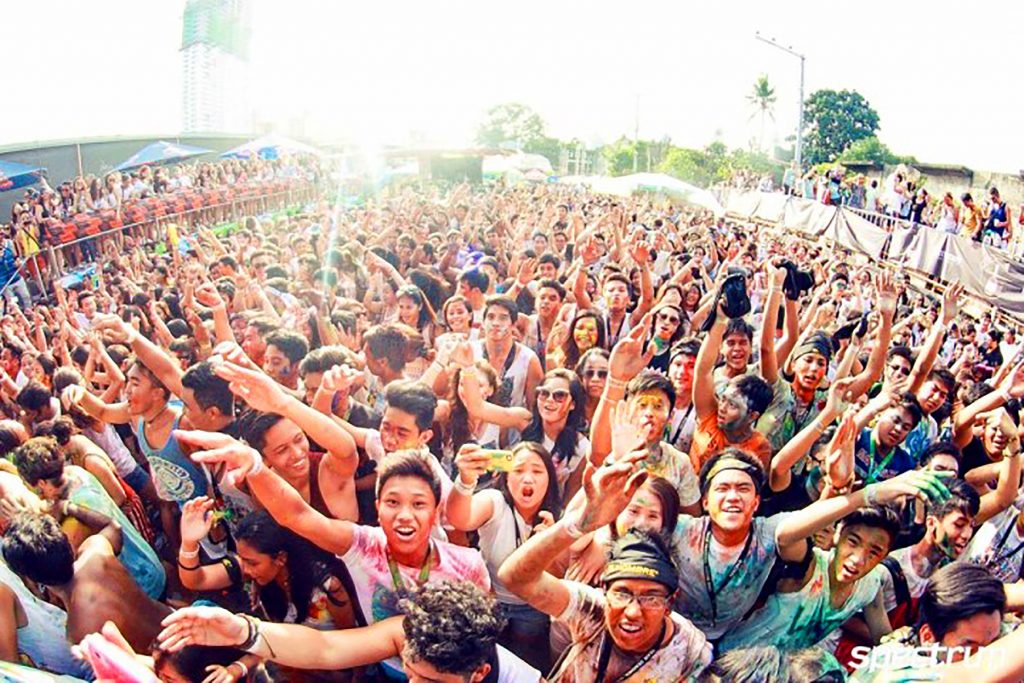
Cebu has a lot in store for all the revelers during Sinulog season and knowing what streets will close due to important events as part of the festivity can let the people go a long way. Free the worries up and celebrate a grander Sinulog 2020 in razzmatazz.
Culture
Cebuano Pride: The National Museum of Cebu
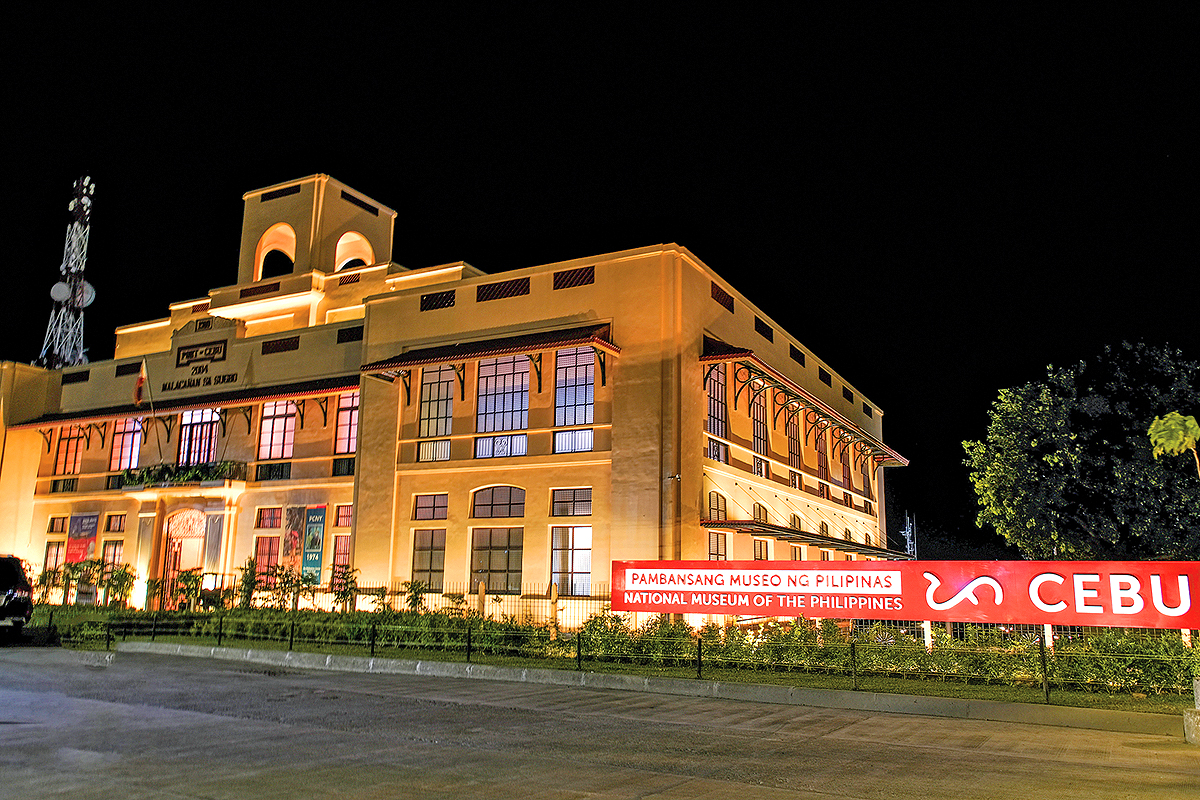
Pride of Cebu
By Eva Gullas
photos courtesy of DOT

Cebu City Tourism’s Neil Odjigue, Cembeth Hortillano and CCTC Chairperson Joy Pesquera

Museum Director Jeremy Barns, Maryanne Arculli, Andronik Aboitiz and wife Doreen, Amanda Luym

Some of the abstract art from the New York collection

Writer Eva Gullas beside Elmer Borlongan’s Battle of Mactan
Culture
The Uncommon Traditions that Mexicans and Filipinos share when celebrating the Day of the Dead.
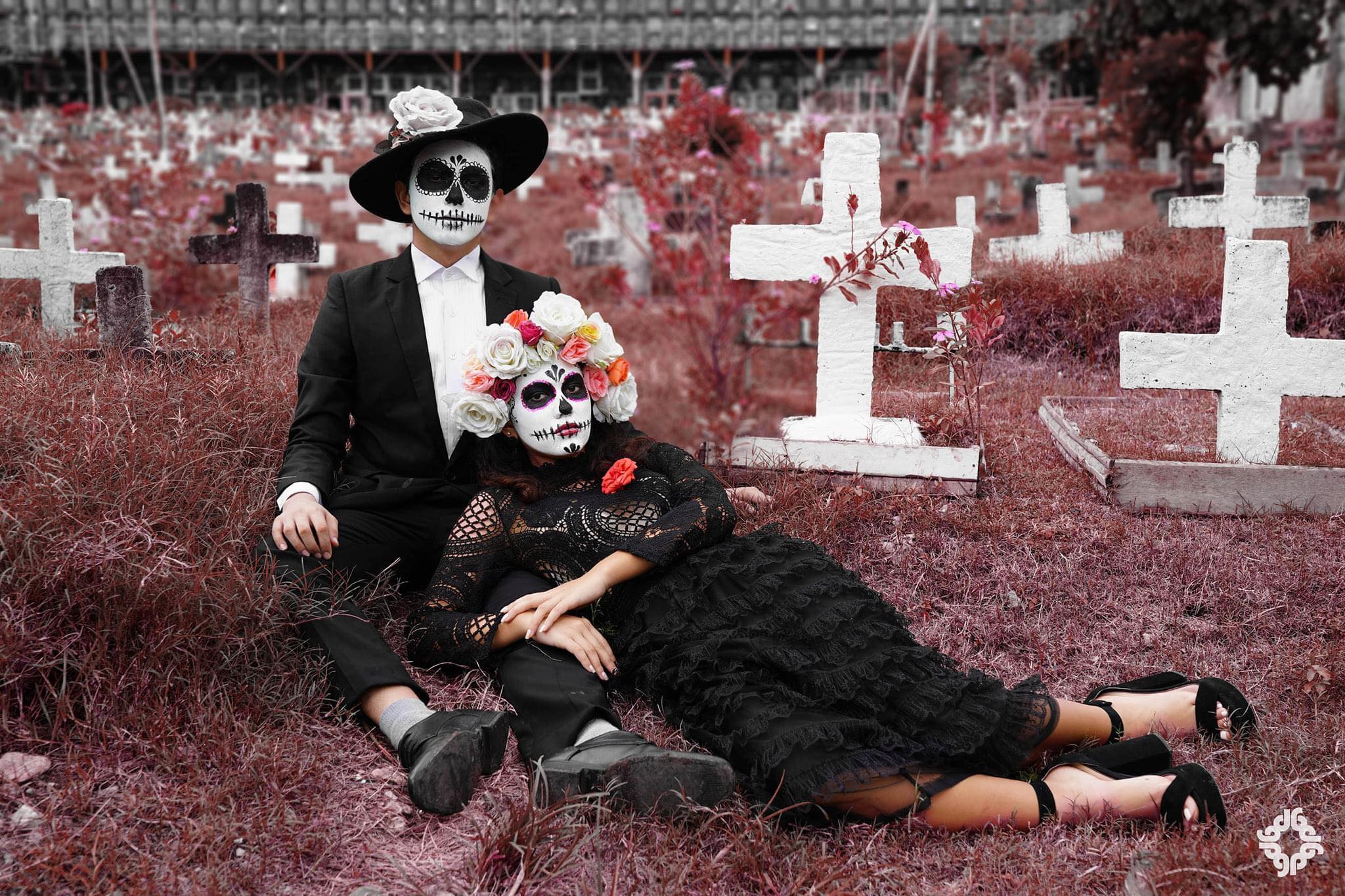
Dia de los Muertos
By Allain Dumon Fonte
The 2nd of November is All Soul’s Day, a holiday that is very important to many Filipinos to remember our loved ones who passed on. This is also widely celebrated in Mexico as “Dia De los Muertos” or in English, “The Day of the Dead”. And Mexicans celebrate the 2nd of November grander than they celebrate Christmas. Well, you can witness it from the Disney movie, “Coco”.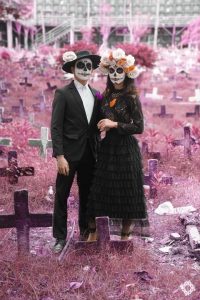
As All Soul’s Day or Dia de los Muertos is about to end, here are some interesting traditions and superstitions that Filipinos and Mexicans share:
1. IT IS NOT ON THE 31st OF OCTOBER
Dia de los Muertos or All Soul’s Day is not practiced on October 31st or on the Hallow’s Eve as many other western cultures practice; but we celebrate it on the 2nd of November. We celebrate November 1st as All Saint’s Day or the Day of the Holy, while in Mexico they call it Dia de los Innocentes or Dia de los Angelitos to commemorate the children who died too early in life.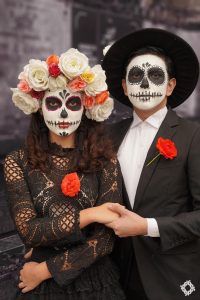
2. THE RITUAL
Both in Mexico and in the Philippines, we visit the grave of our loved ones and we clean it well. This is a ritual to honour their resting places and to let them know that they are never forgotten.
3. FLOWERS INVITE SPIRITS
In Mexico, they believe that the scent of flowers attract spirits. So the flower offerings are invitation to their dead loved ones to visit the living families. While in the Philippines, we believe that flowers offered to the dead exalt the souls and somehow fill in the sadness that we feel when missing our dead loved ones.
Most of the time, Filipinos choose all-white flowers to offer because white is the absence of colour, which means the absence of Joy and happiness. White also symbolises purity of soul which we hope our dead loved ones will attain as they journey to heaven. While in Mexico, they have the yellow Mexican marigolds as the official flowers of the dead that will guide them in their journey to the afterlife.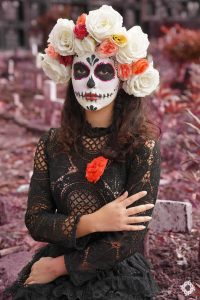
4. THE LEGEND OF THE MONARCH BUTTERFLIES
Both cultures believe that monarch butterflies are dead loved ones who visit us and show their appreciation that we have not forgotten them. A presence of monarch butterflies also means that our dead loved ones are always there guiding us and looking after us.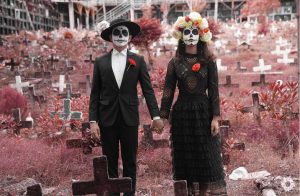
5. A PICNIC IN THE GRAVEYARD
Spending a night at the graveyard and picnicking with the rest of the family may sound very creepy to many; but to both Filipino and Mexican cultures, picnicking and spending a night at the cemetery is a must to show our love to our dearly departed. It is the only time in the year that families gather and tell stories of the dead loved ones and how colourful or how great their lives were.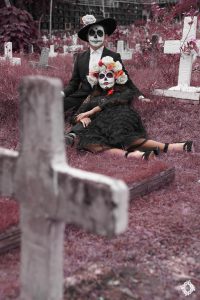
6. FOOD FOR THE DEAD
In Mexico, they have what they call “ofrendas” or an altar where the pictures of their dead loved ones are displayed and offered with flowers, candles, and their favourite food. Very similar to the Filipino culture of cooking the favourite food of our dead loved ones and everyone in the family enjoys the food for dinner.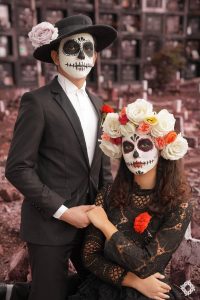
My family tradition involves me driving all the way to Colon street and buy that famous Snow Sheen’s “pancit canton”. This is my granddad’s favourite snack. Sadly, the old Visayan Restaurant is no longer there. My late uncle and my late grandpa love their sweet ad and sour fish. We also set up an “ofrenda” on their graveyard and eat their favourite food while picnicking in the cemetery. We do not spend a night in the cemetery; but while we are picnicking there, we usually play the songs of Pilita Corrales and Susan Fuentes that my late grandpa used to listen every afternoon while enjoying his coffee, pan de sal, and pancit canton.
What about your family traditions? Share your thoughts by commenting to this article.
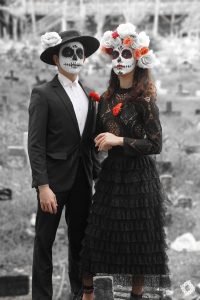 MODEL: Michael Joseph Mortola Enriquez & Alexis Wingfield
MODEL: Michael Joseph Mortola Enriquez & Alexis Wingfield
PHOTOGRAPHER: Gianne Paolo Anciano
HMUA/DESIGNER: Hazel Ocaba
STYLING: GPA Lifestyle + Clothing
Culture
Catch Ted Lasso the Emmy Award Winning Comedy Series on Apple TV+

Rating: *****/ *****
The multi award–winning comedy series airing on Apple TV+ is one of my favorite shows. Ted Lasso starring Jason Sudeikis is about a fun good-natured American football coached hired by a British soccer club (AFC Richmond in London) to become their new coach. In spite of the fact that Ted has no experience or knowledge about British football/soccer, his positive demeanor and charm helps him overcome the animosity of the team’s players, staff and fans. Eventually Ted wins over the team and the locals as they fight for position in the English Premier League.

The show won the 2021 Primetime Emmy Award for Outstanding Comedy Series and 7 Emmy Awards in its 2 seasons and Season 3 is just around the corner. You can catch Seasons 1 & 2 of Ted Lasso on Apple TV+
-

 Fashion2 months ago
Fashion2 months agoThe Qipao As Interpreted by Innovative Filipino Designers: JC BUENDIA
-

 Fashion2 months ago
Fashion2 months agoThe Qipao As Interpreted by Innovative Filipino Designers: PHILIP RODRIGUEZ
-

 Fashion2 months ago
Fashion2 months agoThe Qipao As Interpreted by Innovative Filipino Designers: PROTACIO EMPACES
-

 Fashion2 months ago
Fashion2 months agoThe Qipao As Interpreted by Innovative Filipino Designers: EDWIN AO
-

 Fashion2 months ago
Fashion2 months agoThe Qipao As Interpreted by Innovative Filipino Designers: RAJO LAUREL
-

 Fashion2 months ago
Fashion2 months agoThe Qipao As Interpreted by Innovative Filipino Designers: VIC BARBA



